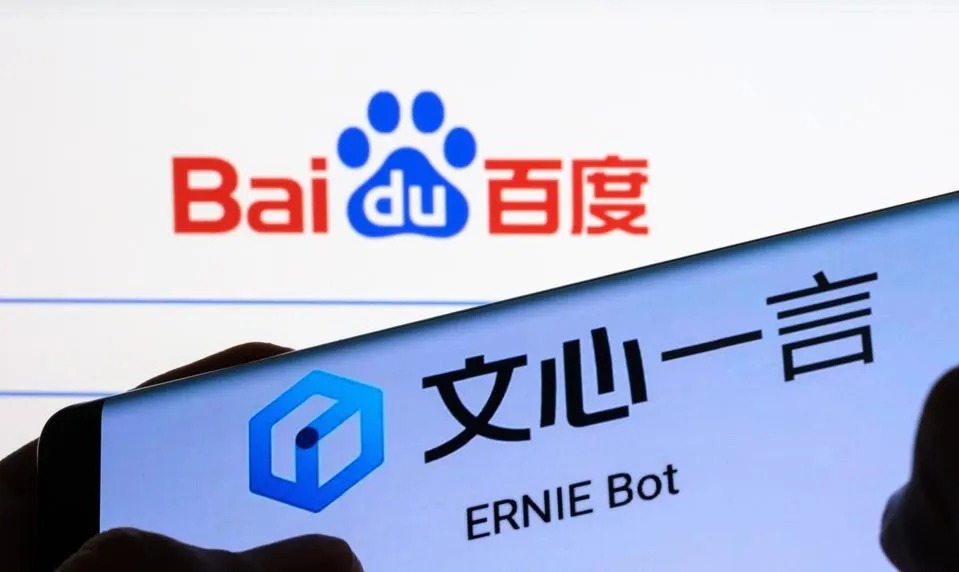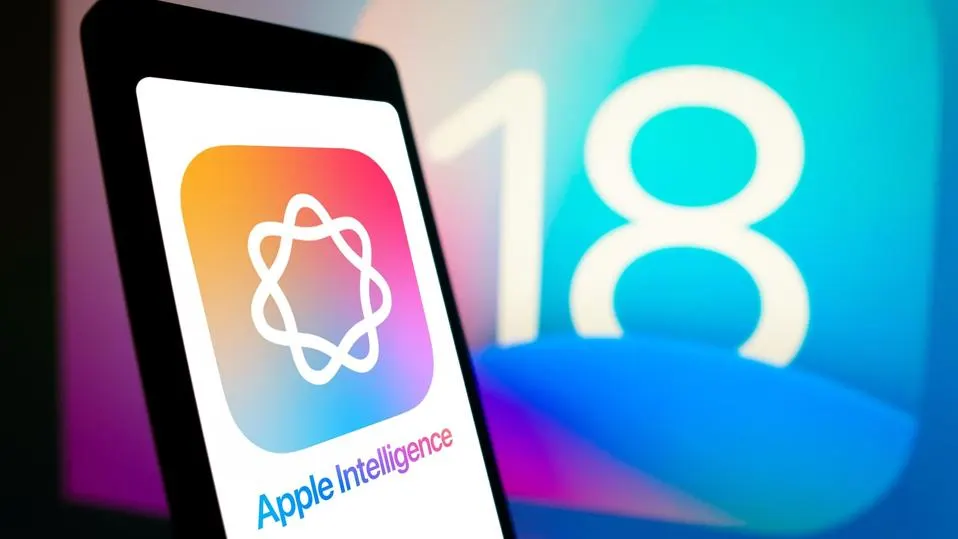China’s AI Landscape: Baidu’s Generative AI Innovations In Art And Search
11 October 2023
Baidu is a world leader in artificial intelligence (AI) that built its business on search. It’s often thought of as the Chinese equivalent of Google.
Like its US counterpart, it’s been quick to build and integrate cutting-edge generative AI functions into its core services.
This reflects the widely-held belief that the technology has the potential to be truly transformational for the way we find and use information online.
But it doesn’t stop at search. Baidu has put generative AI to work in a number of other areas designed to improve user experience and generate new business.
It’s even used to complete a masterpiece of traditional Chinese ink art, left unfinished when its renowned creator died more than 50 years ago.
Here’s an overview and a look at what we can expect from one of China’s leading technology companies in the near future. I’ll also take a look at why the situation for developers of AI platforms is different in China than it is in the West.

Ernie Bot
Ernie is Baidu's answer to ChatGPT and is the lynchpin of its plans to augment many of its products and services with generative AI. The friendly-sounding name represents Enhanced Representation through Knowledge Interaction.
It differs from ChatGPT in several key ways, however. Firstly, as well as being trained on unstructured text, it also has access to a knowledge graph. This is a structured database of basic information points and, crucially, the semantic links between them. It includes scientific, demographic, geographic and economic data and is similar to the one used by Google to present facts alongside its search results.
Although Baidu doesn’t seem to have stated this explicitly, it’s likely that the idea behind this is that a large, curated database of factual information can help curb the tendency of purely LLM-based models to hallucinate. This is the term used for when AI models appear to simply make things up. AI hallucinations happen because LLMs do not actually know anything; they simply construct probabilistic responses based on the text in their training data, which may or may not be factual.
The second important way that Ernie differs from ChatGPT (or Google’s PaLM, Meta’s Llama or other LLM-based generative AIs) is that it can also create pictures and videos. As such, rather than a large language model, the company refers to its AI technology as an AI Big Model.
Baidu is currently on version 3 of Ernie, with version two having been developed back in 2019. Furthermore, as with OpenAI’s GPT series of LLMs, there are a variety of models.
These include the lightweight model for training smaller applications, the cross-modal model, which is a diffusion model for text-to-image, and a protein-prediction model specifically designed for predicting protein structures.
Ernie has already been put to use in a number of ways that appear to go beyond what is being done with other generative AI-augmented search engines, such as Google and Microsoft’s (ChatGPT-powered) Bing.
So far, these Western counterparts primarily integrate generative AI alongside its existing search algorithms to add question-and-answer functionality. Baidu, on the other hand, is reported to be using generative AI to match user queries to paid-for advertisements and sponsored search results.
The idea here is that advertisers will get better targeting, and users will get more relevant advertising than the more deterministic keyword-based models used by, for example, Google’s Google Ads service.
Unfinished Masterpieces And Specialized Search
Another Baidu generative AI application is based on a different image generation model known as Wenxin Yige. This tool is specifically targeted at creating artwork and, in particular, is designed to generate traditional Chinese-style ink paintings. In demonstrations, it was shown to be able to understand and interpret traditional Chinese poetry as paintings – a task that is said to be difficult even for most humans. It was recently used to complete an unfinished masterpiece by the renowned traditional Chinese painter Lu Xiaoman, who died in 1965.
Another application, Wenxin Baizhong, is a platform aimed at simplifying the task of creating industry-specific generative AI-powered search engines.
Both of these generative applications (as well as Ernie) were built using PaddlePaddle, a Baidu-developed, open-source, distributed deep learning framework said to be the largest of its kind in China.
AI Regulation in China
China, in recognition of both the power and danger of generative AI, has been quicker than much of the world in regulating its use. Ernie is one of the first Chinese generative AI platforms to be authorized for use, as it has been assessed as being in line with the Government's Interim Measures for Generative Artificial Intelligence Service Management.
These rules state that, among other considerations, any generative models available to the public must “adhere to the core socialist values and not incite subversion of state power" and must not "endanger national security," "undermine national unity and social stability," or "promote terrorism, extremism, ethnic hatred, ethnic discrimination, violence, obscenity, as well as false and harmful information."
In addition, the regulation aims to ensure AIs are not trained on biased data, that they respect intellectual property rights, and that, as far as possible, algorithms should be accurate and transparent.
It also obliges providers of AI services to suspend their services and take immediate action to bring them in line with the law if they are found to be generating illegal content.
This makes the AI development landscape significantly different than it is in the West, where a slowness on the part of regulators has very much led to an anything-goes situation.
The Chinese government clearly recognizes the dangers of this, yet at the same time, has stated that it understands AI has the potential to drive enormous growth.
In the coming years, we’re likely to see how the differences in these two approaches play out – for now, all we can say for certain is that everything is at stake.
You can read more about these topics in my books, The Future Internet: How the Metaverse, Web 3.0, and Blockchain Will Transform Business and Society, Future Skills: The 20 Skills And Competencies Everyone Needs To Succeed In A Digital World and Business Trends in Practice, which won the 2022 Business Book of the Year award. And don’t forget to subscribe to my newsletter and follow me on X (Twitter), LinkedIn, and YouTube for more on the future trends in business and technology.
Related Articles
Will AI Solve The World’s Inequality Problem – Or Make It Worse?
We are standing on the cusp of a new technological revolution. AI is increasingly permeating every aspect of our lives, with intelligent machines transforming the way we live and work.[...]
How You Become Irreplaceable In The Age Of AI
In a world where artificial intelligence is rapidly advancing, many of us are left wondering: Will AI take our jobs?[...]
Why Apple Intelligence Sets A New Gold Standard For AI Privacy
In the rapidly evolving world of artificial intelligence, privacy concerns have become a hot-button issue.[...]
Can Your Device Run Apple Intelligence? What You Need To Know
Apple's announcement of Apple Intelligence has sent waves of excitement through the tech world.[...]
10 Amazing Things You Can Do With Apple Intelligence On Your IPhone
Apple Intelligence is poised to revolutionize the iPhone experience, offering a suite of AI-powered tools that promise to make your digital life easier, more productive, and more creative.[...]
Agentic AI: The Next Big Breakthrough That’s Transforming Business And Technology
The world of artificial intelligence is evolving at a breakneck pace, and just when you thought you'd wrapped your head around generative AI, along comes another game-changing concept: agentic AI.[...]
Sign up to Stay in Touch!
Bernard Marr is a world-renowned futurist, influencer and thought leader in the fields of business and technology, with a passion for using technology for the good of humanity.
He is a best-selling author of over 20 books, writes a regular column for Forbes and advises and coaches many of the world’s best-known organisations.
He has a combined following of 4 million people across his social media channels and newsletters and was ranked by LinkedIn as one of the top 5 business influencers in the world.
Bernard’s latest book is ‘Generative AI in Practice’.










Social Media